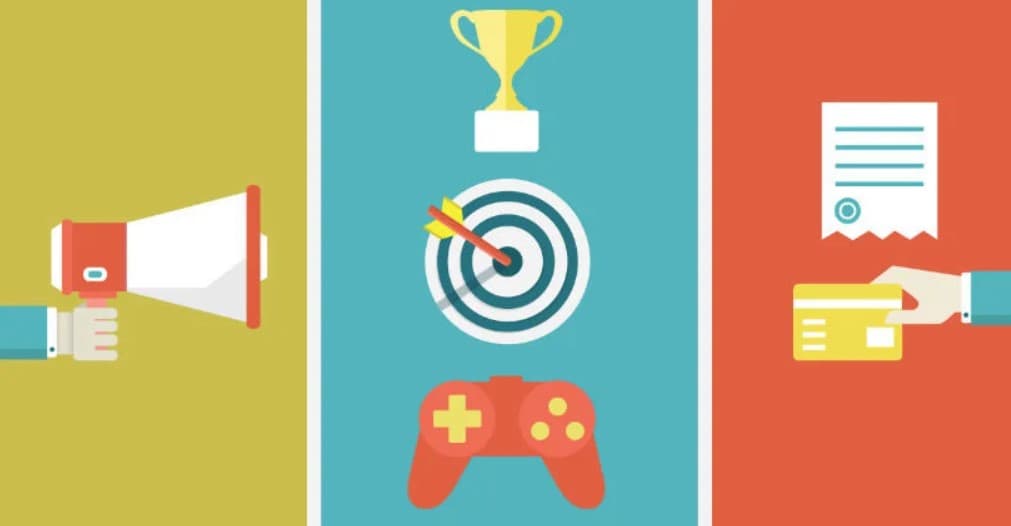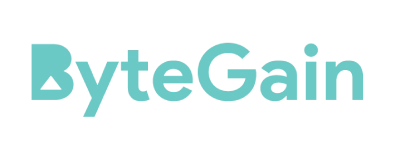Here, we discuss 10 irreversible e-learning trends that are shaping the future of education.
Spending a lot of time in front of the computer screen: this is called “remote learning, distance education.” In class, you can watch your teachers talk and listen to prerecorded lectures.
This is how you learn to keep your home and school separate: Zoom and problems with internet connectivity make it hard to manage interactive projects.
E-learning has added a whole new dimension to the idea of learning that has been around for a long time.
Recently, there has been a huge rise in the use of remote learning at all levels. This has allowed educators to think about e-learning in new ways. It has been hard to get e-learning to work in some places. In other places, e-learning led to new opportunities.
Going into 2021, a lot of businesses and organisations are already using the popular e-learning trends that are becoming more popular. Some of these trends are likely to be short-lived. In e-learning, these kinds of trends are only going to last for a short time. They will go away as quickly as they came up.
Yet, other trends have shown that they can last for a long time. They like to use new and cutting-edge technology, make online education more accessible to students of all backgrounds, and make it easier for them to stay in school. People who don’t keep up with these kinds of trends will be left behind.
These are 10 irreversible e-learning trends that can’t be stopped:
- Mobile learning (M-learning)
- Microlearning
- Virtual reality (VR) and augmented reality (AR)
- Increased accessibility for all online students
- User-generated content
- Gamification & game-based learning (GBL)
- Personalized learning
- Virtual conferences
- Collaborative e-learning
- Social learning
Mobile Learning (M-learning)
Microlearning
The attention span of humans is relatively short. The most popular trends are “bite-sized morsels” of news, entertainment, and social material. Microlearning programmes will be included in e-learning to meet learners’ short attention spans and different learning styles.
Students find longer modules to be tedious. Microlearning in 5-minute films, on the other hand, keeps students’ attention longer than 40-minute taped videos.
Students can focus on certain skills for a few minutes at a time in microlearning courses, allowing them to retain more material.
Students who are short on time can take advantage of these short-form lessons to continue their studies. Microlearning allows you to absorb full “micro-lessons” in your spare time if you just have a few minutes. You can also do short tests and review lessons fast.
This format allows you to gain credentials that will improve your qualifications and open up more job prospects for you. Microlearning is a popular concept in professional development and learning.
Short-form microlearning courses are more likely to be remembered by most e-learners. These courses cater to a more diverse range of learning styles. They aid in the treatment of learning disorders such as ADD and ADHD.
Virtual Reality (VR) and Augmented Reality (AR)
Increased Accessibility For all Online Students
Increased accessibility allows all learners to have more control over and enjoyment from their learning paths.
Virtual learning experiences are adjustable, which is one of the benefits of e-Learning. Students of various learning styles can benefit from e-Learning because of its versatility.
Trends such as the inclusion of platforms and learning adjustments will extend the accessibility of e-Learning.
User-Generated Content
Students can share their knowledge, expertise, and interests with one other and with their teachers using e-learning platforms. Instructors can boost student participation and ownership in their education by allowing them to crowdsource and curate content.
When students come across films that help them understand a difficult subject, they can share them with the rest of the class. If a teacher wants to teach creative problem solving and teamwork, they develop class assignments that allow students to work together to learn about a topic.
Because students curate their own learning content, this is a great strategy for improving learner engagement. Instead of being “taught at,” kids are given the opportunity to participate in social learning. It’s also beneficial to content developers because students curate their own material.
Gamification & Game-Based Learning (GBL)
Personalized Learning
Education has always been standardised, with a strict structure and little individuality for students. Artificial intelligence and e-learning are potent tools for building a personalised, interactive learning environment.
e-Learning software is designed to gather data on each learner’s habits and abilities. Artificial intelligence augments the efforts of the teacher through adaptive e-Learning. It learns to prompt each student’s study habits on an individual basis.
Students who are having trouble with multiplication will receive additional aid from the LMS, whilst students who are doing well with the curriculum will receive advanced learning ideas. This e-Learning approach can increase participation by generating a tailored learning route.
The individualised learning trend not only increases student involvement, but it also enhances student performance. As the software becomes more advanced, it will provide recommendations before a teacher notices a pupil slipping behind, increasing the likelihood of that student’s success.
Virtual Conferences
e-Learning has the ability to unite huge communities of people. Virtual presentations are attended by others with similar interests and education to learn about their preferred subjects. Virtual conferences rose to prominence in 2020 as popular in-person events went online.
Virtual conferences now have all of the advantages of real conferences, thanks to advancements in technology that allow them to stream interactive videos. Attendees in small groups can meet online to discuss what they’ve learned. This fosters community by allowing students to share their learning trends.
If an e-learner is unable to attend an event because it is too far away from their physical location, they can engage in a virtual conference. As a result, you can continue your study while online networking with other registrants.
Collaborative e-learning
Through the unique collaboration of its collective learners, e-Learning will inspire community. “Curriculum as a community” emerges when students engage with content and each other. Students can learn just as much from one another as they do from formal teaching.
This fad focuses on one of the most important aspects of learning: social relationships. Students’ close relationships will be transformed by e-Learning in community-wide learning possibilities.
Built-in networking features are sometimes available on online learning platforms. Individually, in small groups, or as a whole, students can then connect. This allows learners to form relationships in a way that is similar to in-person learning and engages them in natural learning processes.
Students can actually experience collaborative learning through their community, thanks to instructor-led conversations, challenging ideas, and each student’s unique experiences.
Social Learning
Quick Links:






